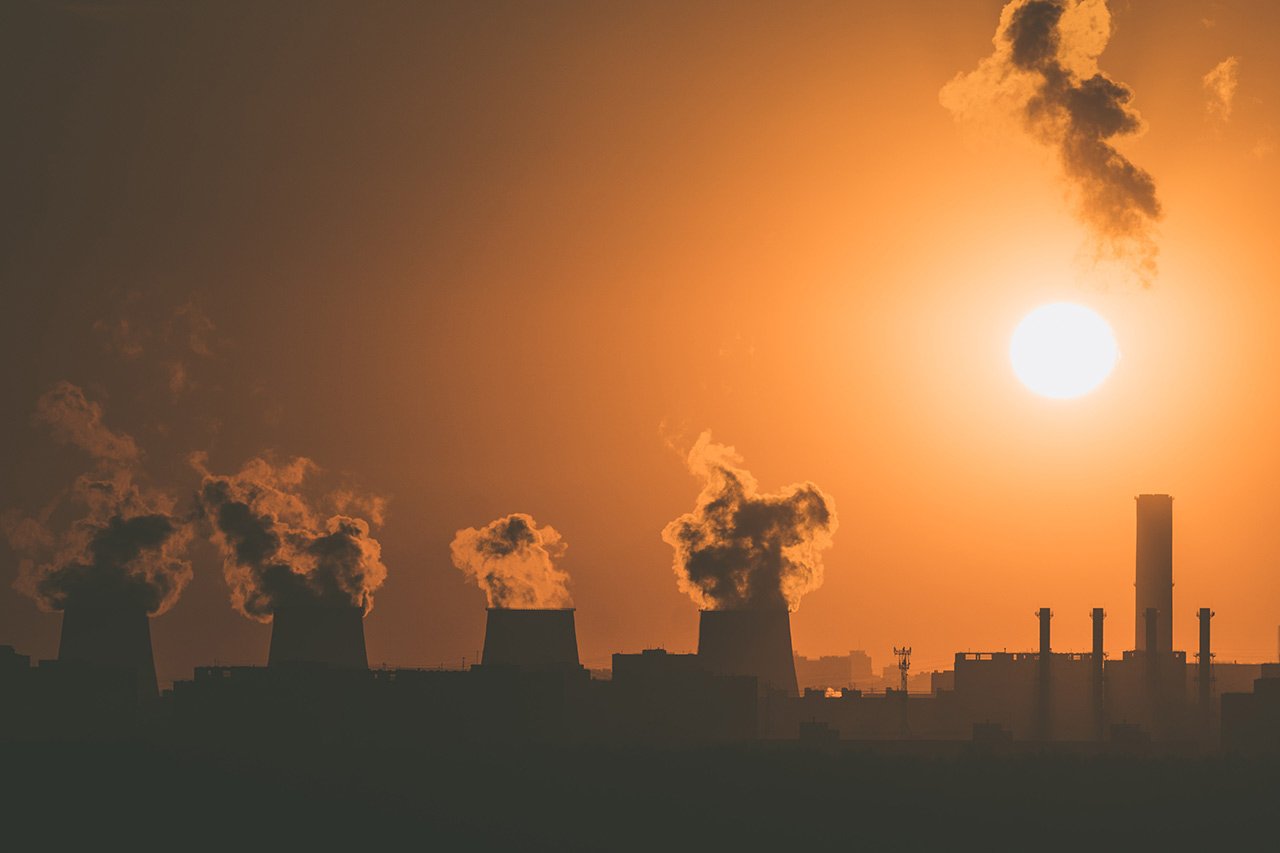
Did you know that asthma is the most common pediatric chronic disease? Asthma affects over 14% of children around the world. This month is National Asthma Awareness Month, a time to review asthma’s impact on children and families. A person with asthma has narrowed or swollen airways that produce an excess of mucus, making it difficult to breathe. People with asthma are prone to coughing, wheezing, and shortness of breath when they are physically exerted or emotionally stressed. Asthmatic episodes are painful and can be life-threatening. Asthma attacks account for up to 14 million missed school days for children each year. Notably, recent studies have uncovered an uncomfortable reality: asthma is not just a chronic health issue; it is an equity issue.
Exposure to polluted air is a frequent cause of asthma. Over time, breathing polluted air can also lead to chronic obstructive pulmonary disease, cystic fibrosis, heart disease, and death. Poor air quality affects everyone; however, not everyone is impacted equally.
According to a recent Climate Vulnerability Assessment in Los Angeles, more than half of our county’s residents – 5.7 million people – live in a neighborhood that exposes them to severe threats, including heat, wildfires, and drought. Black, Latino, Asian American, and low-income communities are exposed to significantly more air pollution than other demographic groups in California. Housing policies from past decades made it impossible for low-income minorities to live in communities with less traffic and smog. These communities are already at an increased risk for physical and mental health disorders. When air pollution is an additional risk factor, diseases become more severe for these vulnerable groups. This complicated layering of historical and present risk factors makes it difficult for studies to definitively claim that the prevalence of asthma has its roots in racial or socioeconomic issues. In essence, lower-income and minority groups are currently more vulnerable to the effects of air pollution and have been disproportionately affected by the effects of air pollution for decades. For children, higher levels of exposure to polluted air due to traffic increase the likelihood that a child will have an asthma diagnosis. Children who live in lower-income neighborhoods are at an increased risk of exposure to polluted air.
The pollutants most likely to cause asthmas are particulate matter and ground-level ozone. Particulate matter includes tiny particles – a fraction of the width of a strand of hair – that can come from smoke, power plants, or cars. Ground-level ozone is emitted by chemical solvents and gasoline and can cause coughing and pain even in people who do not have asthma.
Going outdoors and getting exercise are beneficial, healthy activities for children of all ages – however, a child with asthma should stay indoors, especially on high smog days or when the air quality index is over 100. Parents and teachers should keep asthmatic children indoors on moderate or low air quality days. To keep your indoor air quality safe, be sure to clean your air conditioning and heat filters, clean the dust from surfaces and rugs, and ventilate cooking areas.
At Maryvale, we know the value of providing preventative, protective care for at-risk youth. Learn more about the services we provide children, teens, and their families to transform harmful social cycles and foster a healthy, positive outlook.






